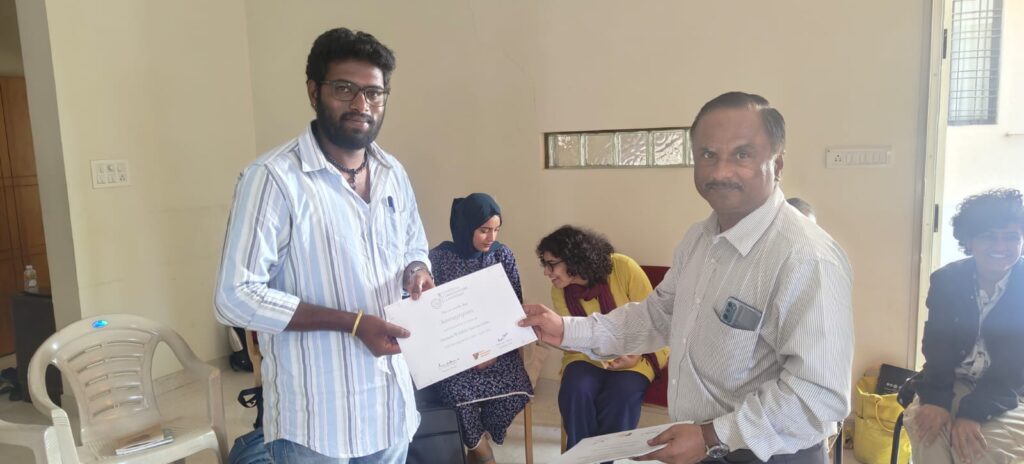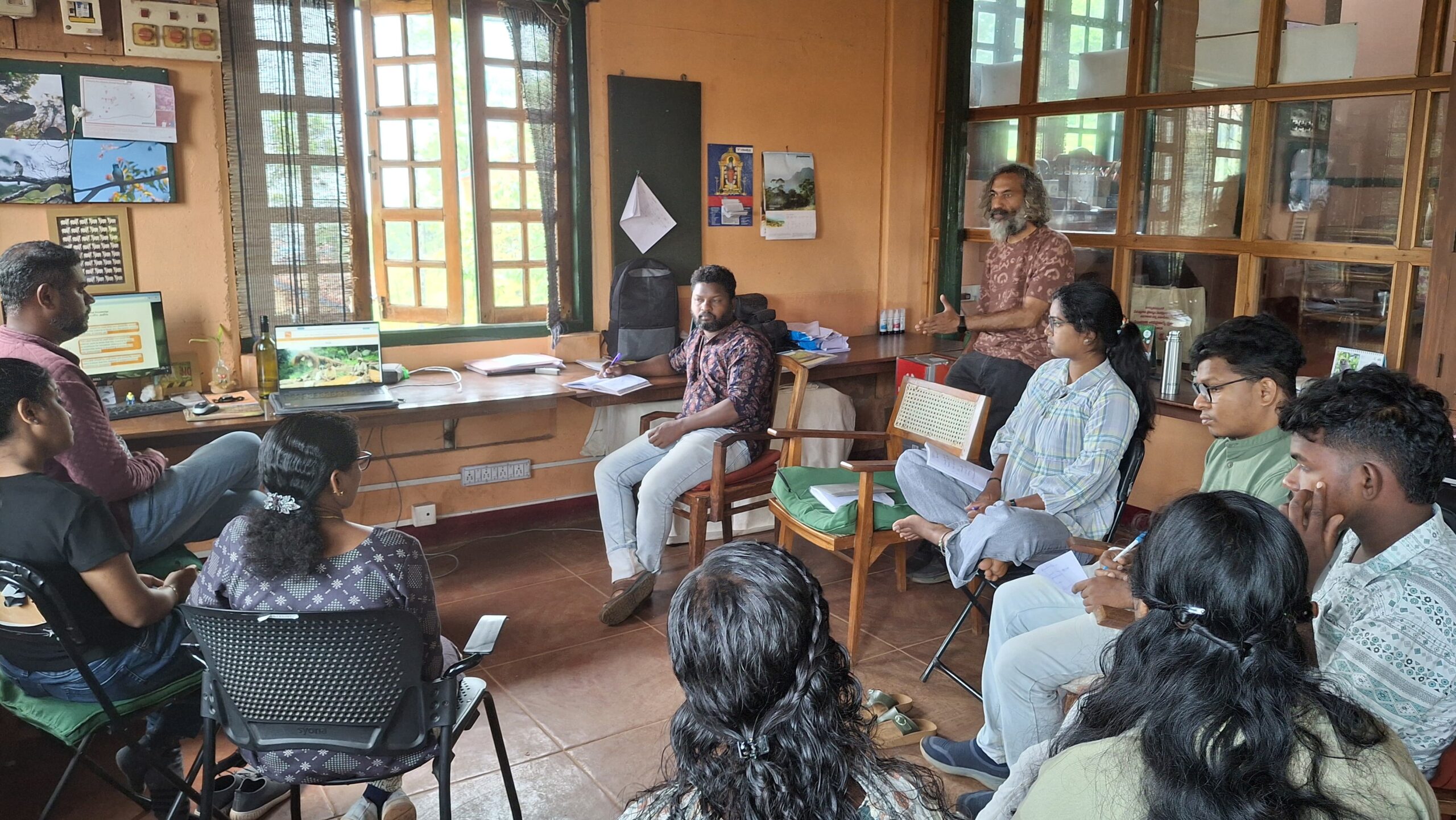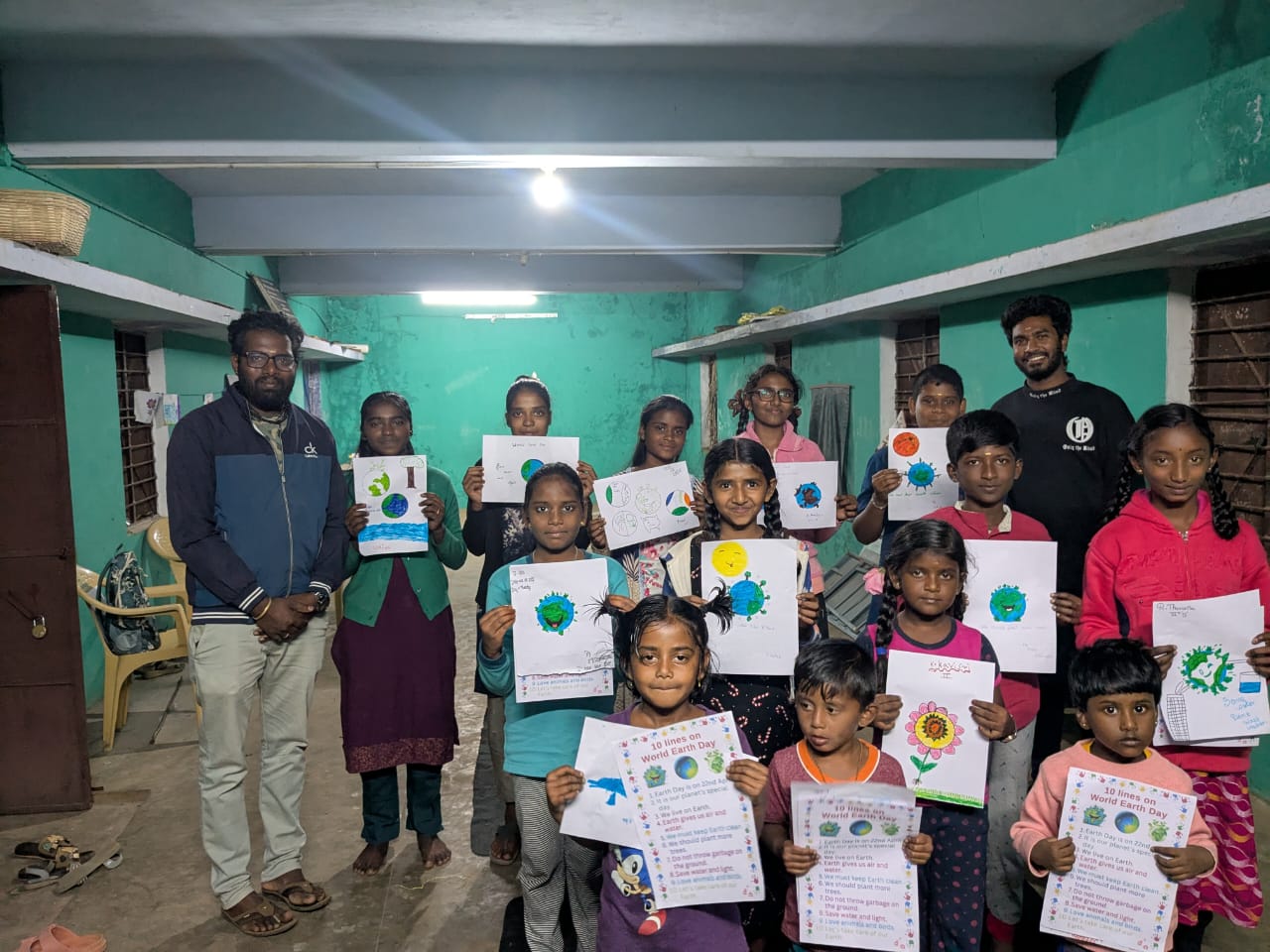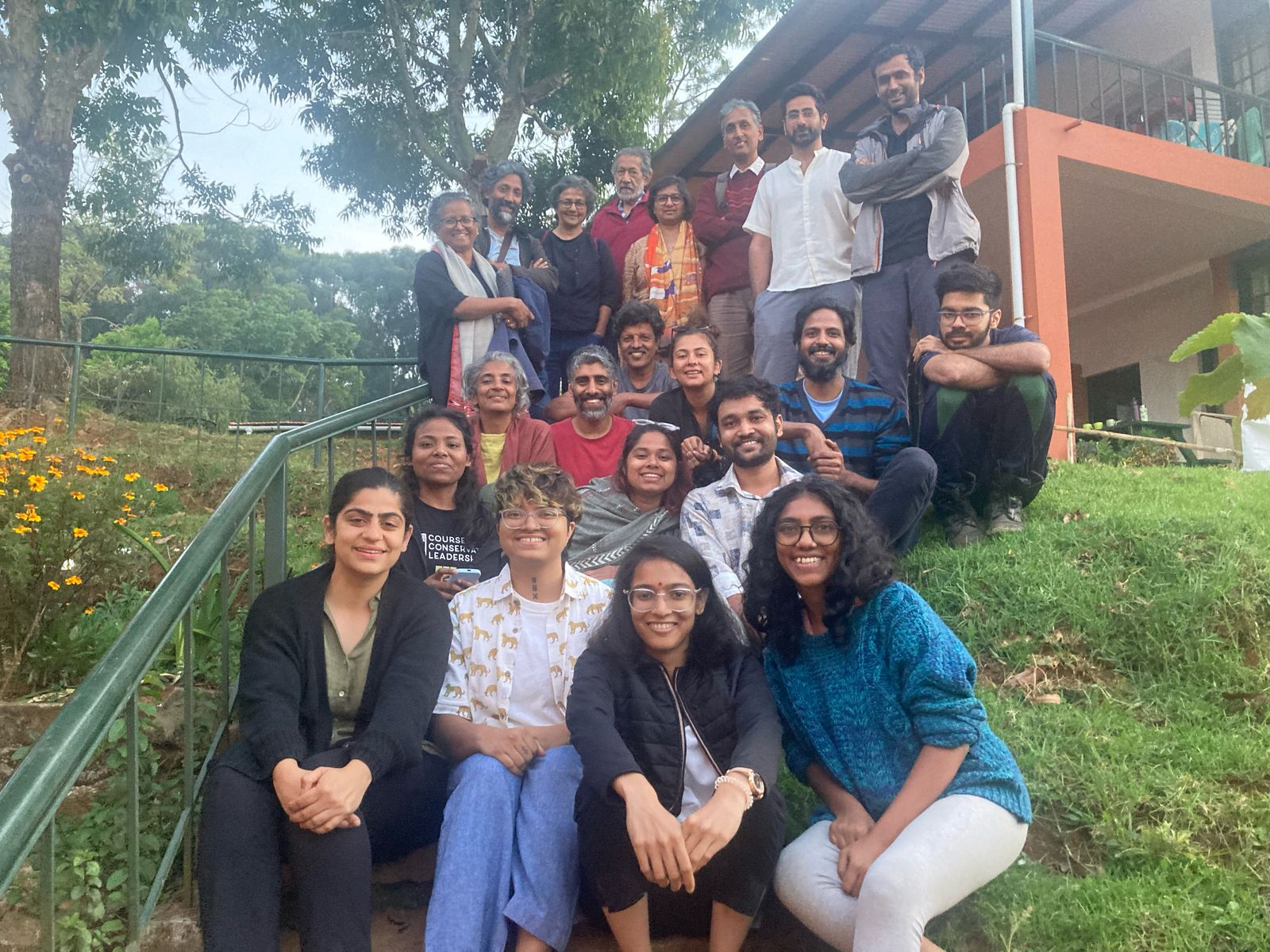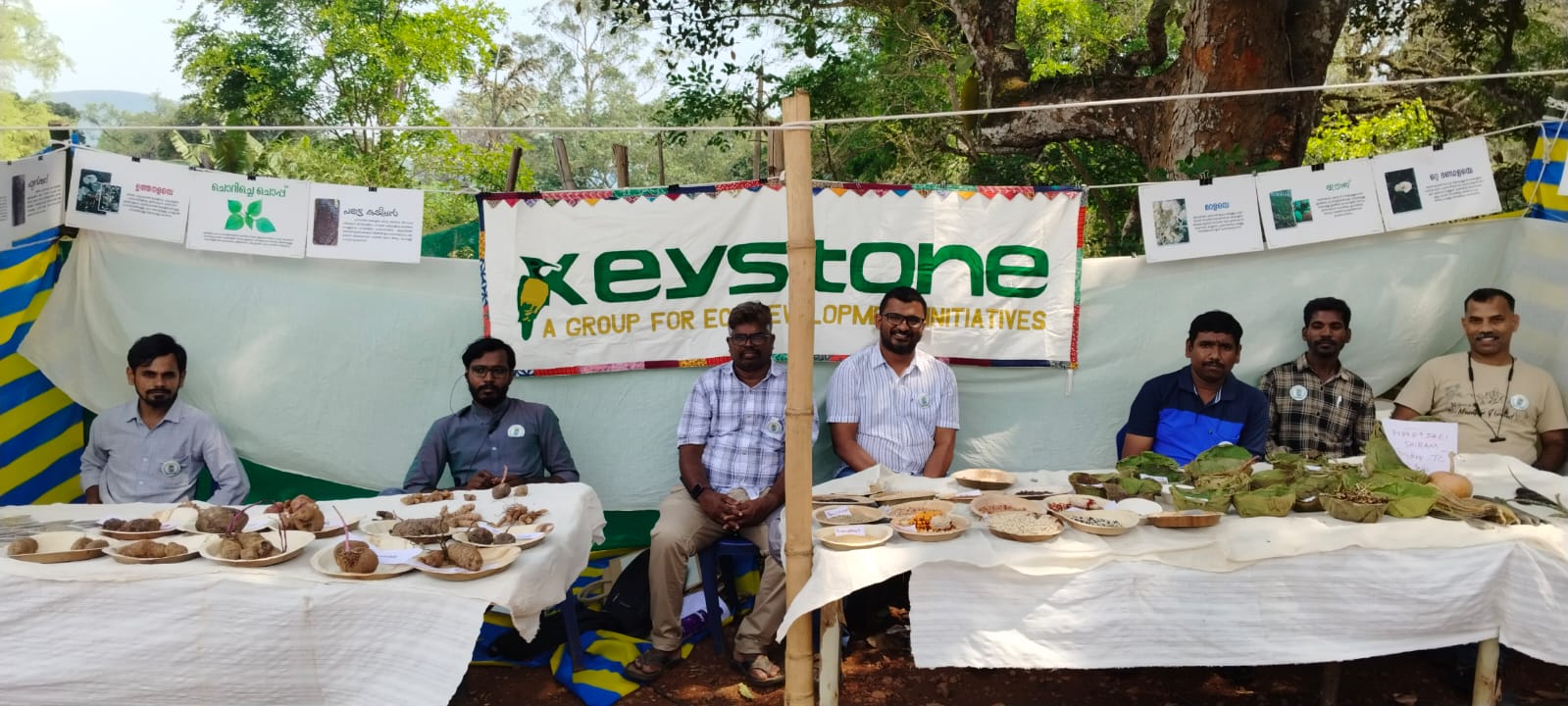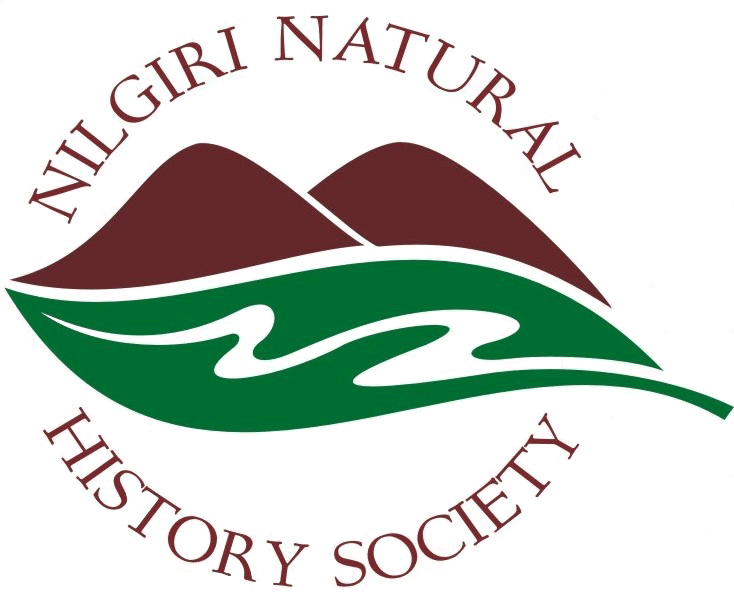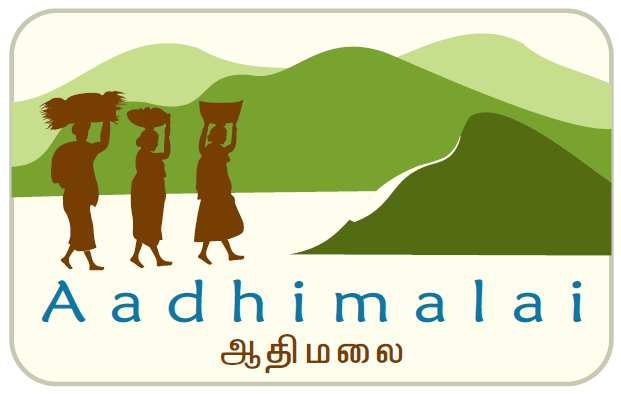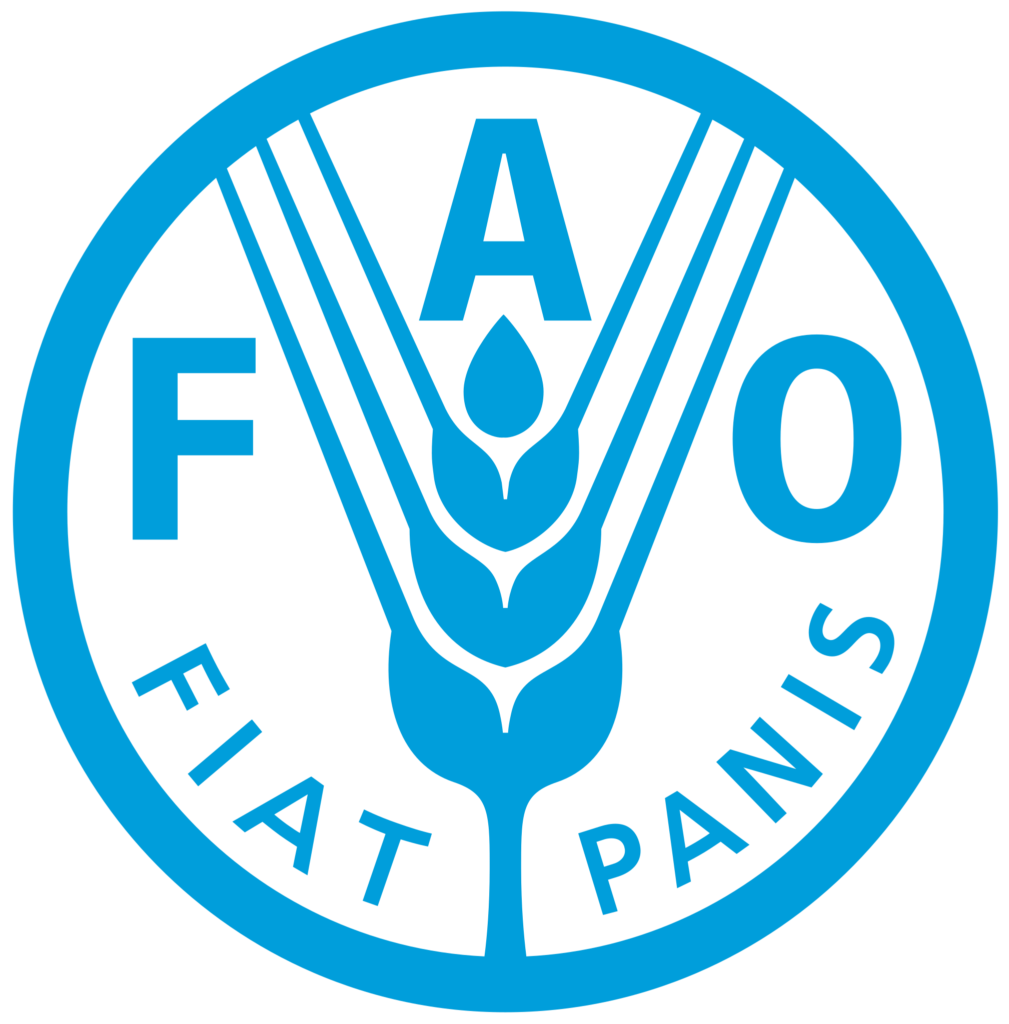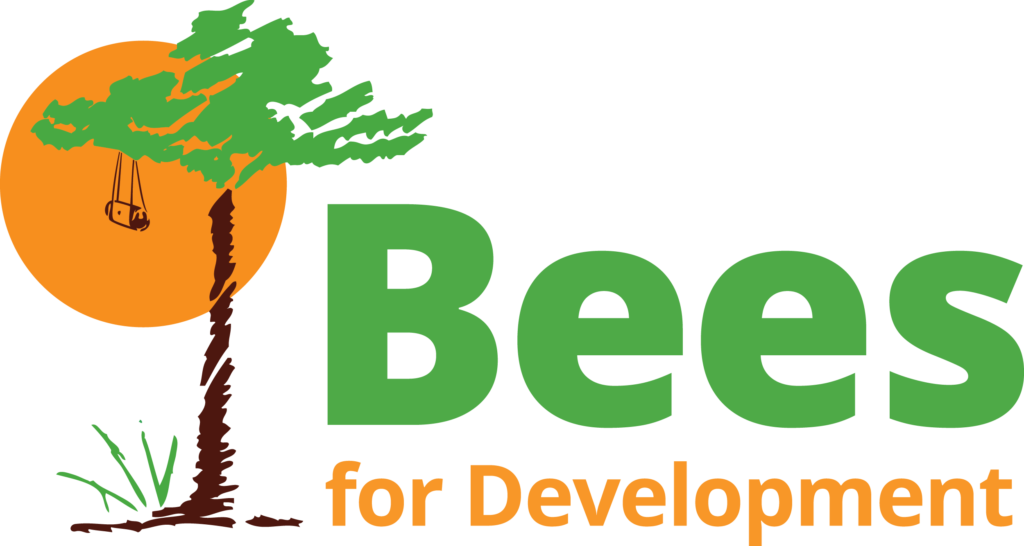Articles by Vishnu N.M. and Ramajeyam R., Technical Coordinators, Biodiversity Conservation Team
Vishnu’s Experience: “An Introduction to Conservation in Practice”, Vagamon, Kerala
In 2025, the Nature Conservation Foundation (NCF) conducted several courses related to conservation. I had the opportunity to participate in a course titled “An Introduction to Conservation in Practice” (conducted in Malayalam), which took place from January 3 to 5 at Mitraniketan in Vagamon, Kerala.
Mitraniketan is a 60-year-old non-profit organization founded by the renowned architect Laurie Baker and Dr. Elizabeth Baker in Vagamon, Kerala. Initially, they focused on supporting medical facilities for the local population, providing them with a home-like environment during treatment. Today, their emphasis has shifted to addressing environmental, gender, and local issues across Kerala, organizing various camps and initiatives on their campus in Vazhikadavu, Vagamon. Also, Mitraniketan promotes sustainable and organic agricultural practices and supports the education of local youth.
The course aimed to enhance leadership capacity in conservation practice. It included 17 participants from Kerala, comprising students and working professionals from diverse backgrounds. The facilitators are Al Badush, Senior Research Assistant at NCF, and Nisar K, Project Manager at Season Watch. All sessions are engaging and designed to build skills essential for working in the conservation field. Major topics are comprehensively covered throughout the course:
- Identify what to conserve.
- Research for conservation
- The social science of conservation
- Ethics of working with community
- Participatory conservation
- Communication
- Citizen scene
- Conclusion
Al Badush covered the mentioned topics by incorporating examples and stories from his research experience in Lakshadweep. He also facilitated group activities that utilized participatory tools and encouraged discussions about a conservation problem. Many of the topics he covered are highly relevant to my research, particularly those related to effective stakeholder engagement and problem analysis. From his stories in Lakshadweep and the pictures he shared, I wish I could visit the place that was so engaging in those sessions.
On the second day, we focused on stakeholder engagement methods and the ethics of conservation. Effective stakeholder engagement needs transparency, inclusivity, responsiveness, and accountability. The tools of stakeholder mapping were explained very briefly.
The third day centered on the significance of communication in conservation and the role of citizen science. Effective communication is a crucial aspect of conservation work and research, as it helps in identifying the target audience and assessing impact. Citizen science is already used but able to know new platforms and understand the story of season watch.
These three days in Vagamon allowed me to meet new friends who are working or interested in contributing to the conservation field.
Ram’s Experience: Human Wildlife Interaction Course in NCF-2025, Mysuru, Karnataka
Most of the time we were in the information zone, where we heard about different types of landscapes and looked at many types of projects & presentations. Learning about methods of mapping, analysing, and presenting methods was very helpful for us. Having been keen to attend the NCF for several years, it was very inspiring to meet conservation scientists from different backgrounds in India and to learn new methods.
The course itinerary included plenary sessions led by renowned scientists and conservation experts, interactive capacity-building workshops, student talks, a special event of movies & video clips of rescue and telemetry data, and engaging panel discussions. We discussed negative interactions between human and wild animals: these lead to undesirable consequences both for people and their habitats on the others. It was really interesting to learn that the Humane Society International/India and the Liana Trust started a Whatsapp page called Surakshikta Samudaya, which teaches users about snakes, avoiding snakebites, and getting first aid advice. We also learned about understanding species biology for conservation and human-carnivore interactions. In addition to this, we learned how understand the species problem in human wildlife interaction and how to identify behavioural adaptations to human modified landscape.
My favorite part of the course was learning how to use telemetry data for snake rescue and understanding snake movement, and how much the snake is moving daily. I also enjoyed learning from Anandkumar Sir from NCF about his experiences with elephant conflict in Valparai.
NCF left us brimming with ideas and newly made connections. Sharing that space with hundreds of passionate fellow conservation practitioners was truly inspiring. We look forward to incorporating some of the things we’ve learned into our own work and collaborating across borders to make our dream of a brighter, more inclusive future in conservation, a reality!
